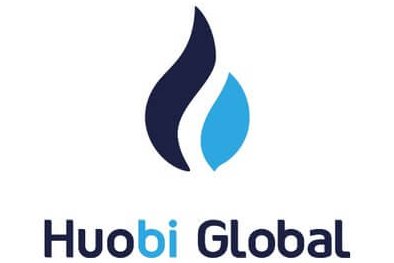

The Huobi exchange is based in Singapore and aims to provide users with top customer service and independent crypto analysis.
It was founded back in 2013 with a focus on the Asian market, and it currently has offices in Japan, Korea, and Hong Kong in addition to the headquarters in Singapore.
It also has an office situated in the US, but due to regulation laws in the country, it does state it cannot accept registrations from US citizens.
The Huobi exchange is supported on multiple platforms including iOS, Android, Windows, and MacOS.
The registration process for the Huobi exchange is similar to registering with most crypto exchanges.
Users are able to register via their mobile or email. To do so, they will need to provide their country of citizenship and mobile phone number/email address alongside creating a username and password.
Afterwards, users will receive a verification email. Upon verifying their account, they can then purchase crypto using the Chinese yuan, Singapore dollars, or US dollars.
The Huobi exchange also requires users to complete ‘Know-Your-Customer‘ and ‘Anti-Money Laundering’ tests to access certain features or receive certain incentives.
These tests are commonplace and mandatory in compliance with relevant regulations. They are used to determine how likely a user is to commit illicit activities such as money laundering.
Once users are all set up on the site, they can begin trading. Huobi offers similar trading options to other popular exchanges.
To start trading, simply head over to the ‘markets’ section. In this section, market information is displayed – users can click the star next to a particular cryptocurrency to favourite it.
One trading method users can utilise is limit orders. A limit order is when the trader wants to buy or sell an asset at a specific price. The order will be executed when the designated price has been met.
Users also have the option of completing a market order. A market order is when a trader buys or sells at the market price by entering their desired amount.
Like with all exchanges, there is also an order book for users to see real-time trades. For example, if the order book has a wave of red orders flash up on the screen, this indicates many traders have decided to go ‘short‘ or sell that particular cryptocurrency.
Trades in green indicate that traders are going ‘long‘ or buying up a particular cryptocurrency.
There is also a ‘market depth’ graph which illustrates the cumulative supply or demand at any given buy or sell price. The graph can provide a visual representation of price action which can be customised to show different time periods, for example all-time or the last seven days.
Huobi also gives users the option to draw their own trend lines on the graph. This is a particularly useful tool for traders who are seasoned in understanding support and resistance as well as moving averages.
Support and resistance indicate key levels where price action could hold or break, which ultimately signals long-term movement either upwards or downwards. For example, if the support line of an asset is broken, then it is likely that asset’s price will continue spiralling downwards.
A moving average can be viewed across 10, 30, or 100 days to name a few. This provides a generalised sense of price action across these designated time periods.
There is also the ‘Huobi Autonomous Digital Asset Exchange’ option for professional traders which provides access to riskier crypto investments.
The Huobi exchange also facilitates over-the-counter (OTC) trades. OTC deals are exchanges of crypto through a middleman. Fundamentally, a friend selling you £20 worth of Bitcoin is an OTC deal.
As with many exchanges, Huobi does charge fees for trades. On most of the trading pairs offered, the fee for both the maker and the taker is 0.2%.
The Huobi exchange also has its own native cryptocurrency – known as ‘HT.’
The HT token can be purchased through the exchange platform. It is also given to new users as part of reward and loyalty programs.
There is a total supply of 550 million HT, with Huobi buying back a certain percentage as part of its repurchase and destruction plan to help maintain the value of the token.
This is similar to how Binance burns its own native token in a similar process.
HT is an important part of the Huobi ecosystem because it is used in all types of applications in its global business endeavours.
As an independent publication, we do not recommend any cryptocurrency, project, or exchange in particular, and as such it would be wise to conduct your own research. The crypto space is notoriously volatile and carries substantial risk, so you can never do too much.
Interested in reading more introductions to crypto exchanges? Discover more with our introduction to the Kraken exchange.
Denver, Colorado, 24th February 2025, Chainwire
Denver, Colorado, 20th February 2025, Chainwire
Washington, D.C., 18th February 2025, Chainwire
Dubai, UAE, 27th January 2025, Chainwire
Those who enter the market at this time may be surprised to hear that Bitcoin…
George Town, Grand Cayman, 22nd November 2024, Chainwire